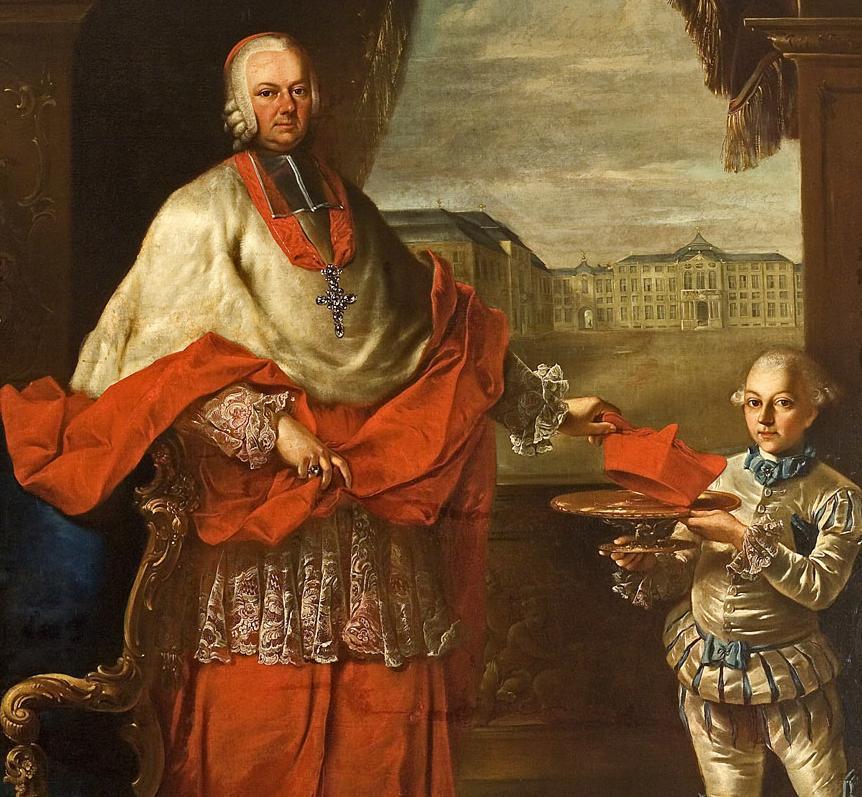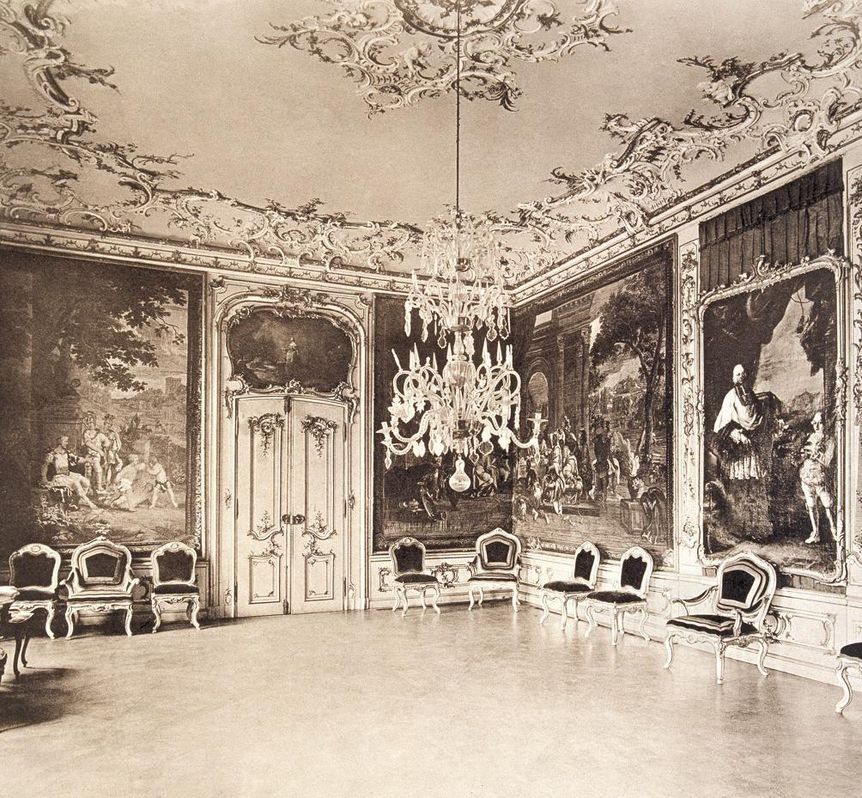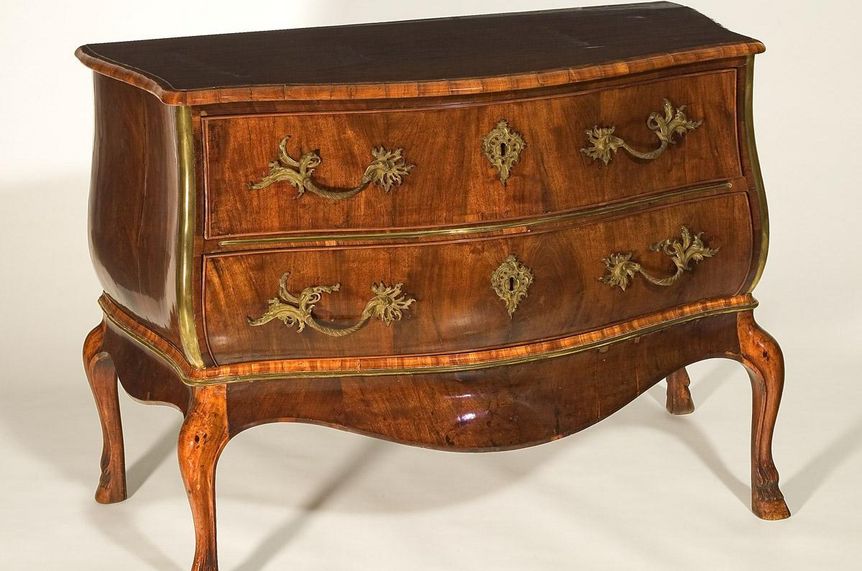A Rococo rulerFranz Christophvon Hutten
Though he is less generally known than Schönborn, Franz Christoph von Hutten (1706–1770) is of even greater importance to Bruchsal Palace than his predecessor. His rule began in 1743: he expanded the royal household and had the palace rooms magnificently furnished.







